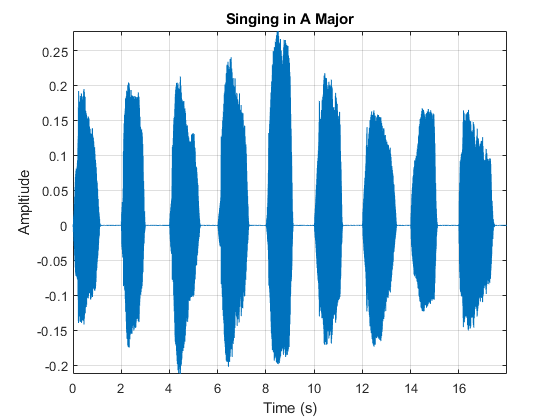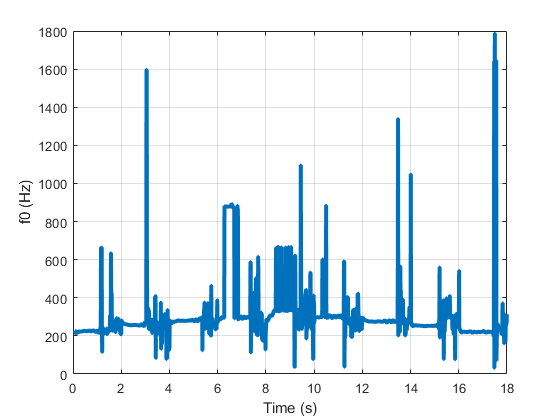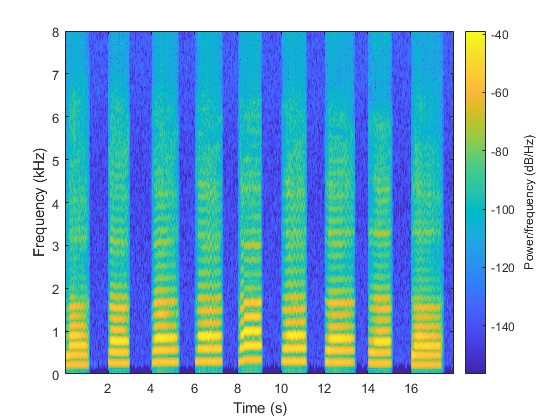pitchnn
Syntax
Description
f0 = pitchnn(audioIn,fs,Name,Value)Name,Value arguments. For
example, f0 = pitchnn(audioIn,fs,'ConfidenceThreshold',0.5) sets the
confidence threshold for each value of f0 to
0.5.
[
returns the activations of a CREPE pretrained network.f0,loc,activations] = pitchnn(___)
pitchnn(___) with no output arguments plots the
estimated fundamental frequency over time.
Examples
Input Arguments
Name-Value Arguments
Output Arguments
References
[1] Kim, Jong Wook, Justin Salamon, Peter Li, and Juan Pablo Bello. “Crepe: A Convolutional Representation for Pitch Estimation.” In 2018 IEEE International Conference on Acoustics, Speech and Signal Processing (ICASSP), 161–65. Calgary, AB: IEEE, 2018. https://doi.org/10.1109/ICASSP.2018.8461329.
Extended Capabilities
Version History
Introduced in R2021a




